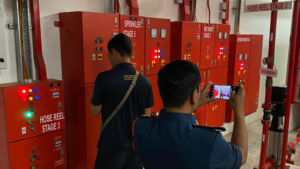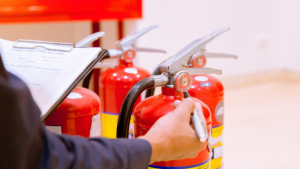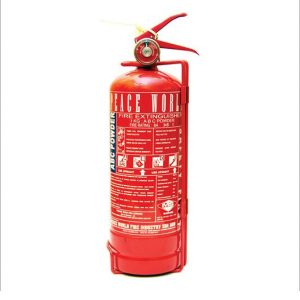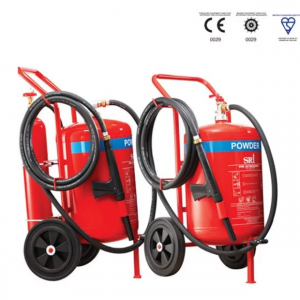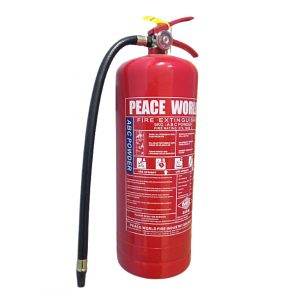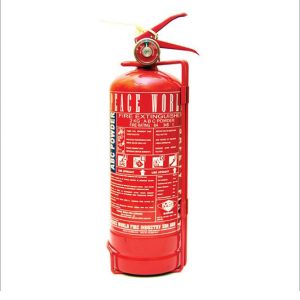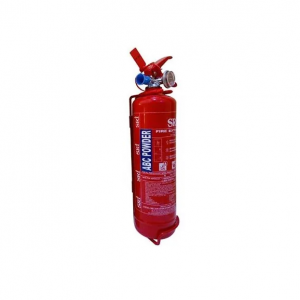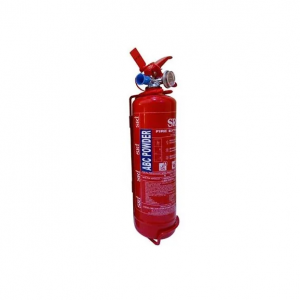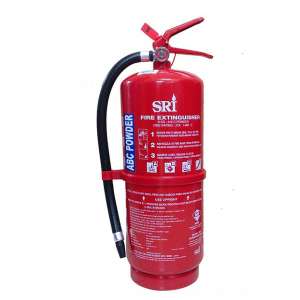Fire Safety For People: People with disabilities (Special Considerations)
Children, physically or mentally disabled individuals, and the elderly may require extra help during emergencies. People with disabilities should be more cautious because of physical limitations and a decreased ability to react in an emergency. People with disabilities are typically fiercely independent and do not wish to alter their lives from those of the general public.
However, this can lead them to ignore their fire safety needs. In some cases people with disabilities may need the help of an attendant or caregiver to practice fire safety precautions.When teaching fire safety, installing safety devices such as smoke detectors, and practicing fire drills, you may also want to consider:
Install and maintain smoke alarms
- Smoke alarms with a vibrating pad or flashing light are available for the deaf and hard of hearing. Additionally, smoke alarms with strobe light outside the house to catch the attention of neighbors and emergency call systems for summoning help are also available.
- Ask the manager of your building or a friend or relative to install at least one smoke alarm on each level of your home.
- Make sure your smoke alarms are tested monthly and change the batteries at least once a year.
Live near an exit
Although you have the legal right to live where you chose, you’ll be safest on the ground floor if you live in an apartment building. If you live in a multi-story home, arrange to sleep on the first floor. Being on the ground floor and near an exit will make your escape easier.

Plan your escape
Plan your escape and your capabilities. Know at least two exits from every room. If you use a walker or wheelchair, check all exits to be sure you get through the doorways. Make any necessary accommodations such as providing exiting ramps and widening doorways to facilitate an emergency escape.
Do not isolate yourself
People with disabilities have often been excluded from the development and practice of escape plans and fire safety drills. As a result, their vital input is omitted and their fire safety needs remain unfulfilled. Speak up to ensure that all parties receive the fire safety information that everyone deserves.
- Speak to your family members, building manager, or neighbors about your fire safety plan and practice it with them.
- Contact your local fire department’s non-emergency line and explain your needs. They will probably suggest escape plan ideas, may perform a home fire safety inspection and offer suggestions about smoke alarm placement and maintenance.
- Ask emergency providers to keep your needs information on file.
- Keep a phone near your bed and be ready to call 999 or your local emergency number if a fire occurs.
Location can make a difference
- Where are the sleeping quarters? Would someone who is elderly, physically disabled, or a young child be able use fire escapes, stairs or rope ladders?
- Can wheelchairs or beds (for those who are confined to bed) fit easily through exits?
Burns are not always caused by fire
Small children and the elderly have tender skin. Sleeping with heating pads and electric blankets can be dangerous. Also, these individuals can easily be scalded, so remember to adjust water temperatures.

Not all clothing or bedding is fire resistant.
Be especially careful when buying clothes, mattresses, stuffed toys, etc. and make sure that these are fire resistant or non-flammable. Read labels carefully and fill out warrantees in case a product is recalled for safety reasons.
Alternate supports or assistive technology can help during emergencies.
Devices such as fire alarms or smoke detectors that have been modified for people with disabilities can make a big difference. Other alternatives include service animals that have been trained to assist people during emergencies, or partnering with individuals (coworkers or neighbors) and developing emergency escape plans.


